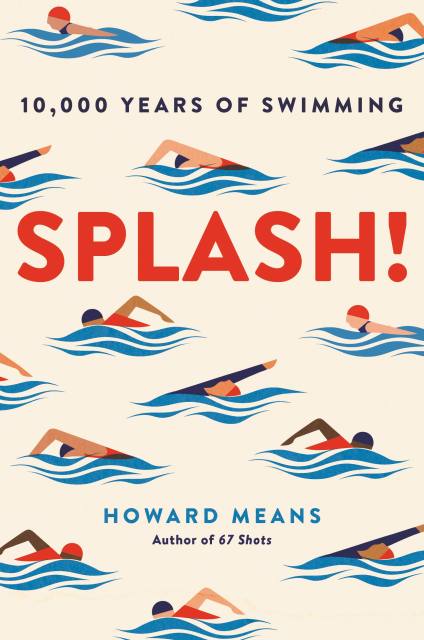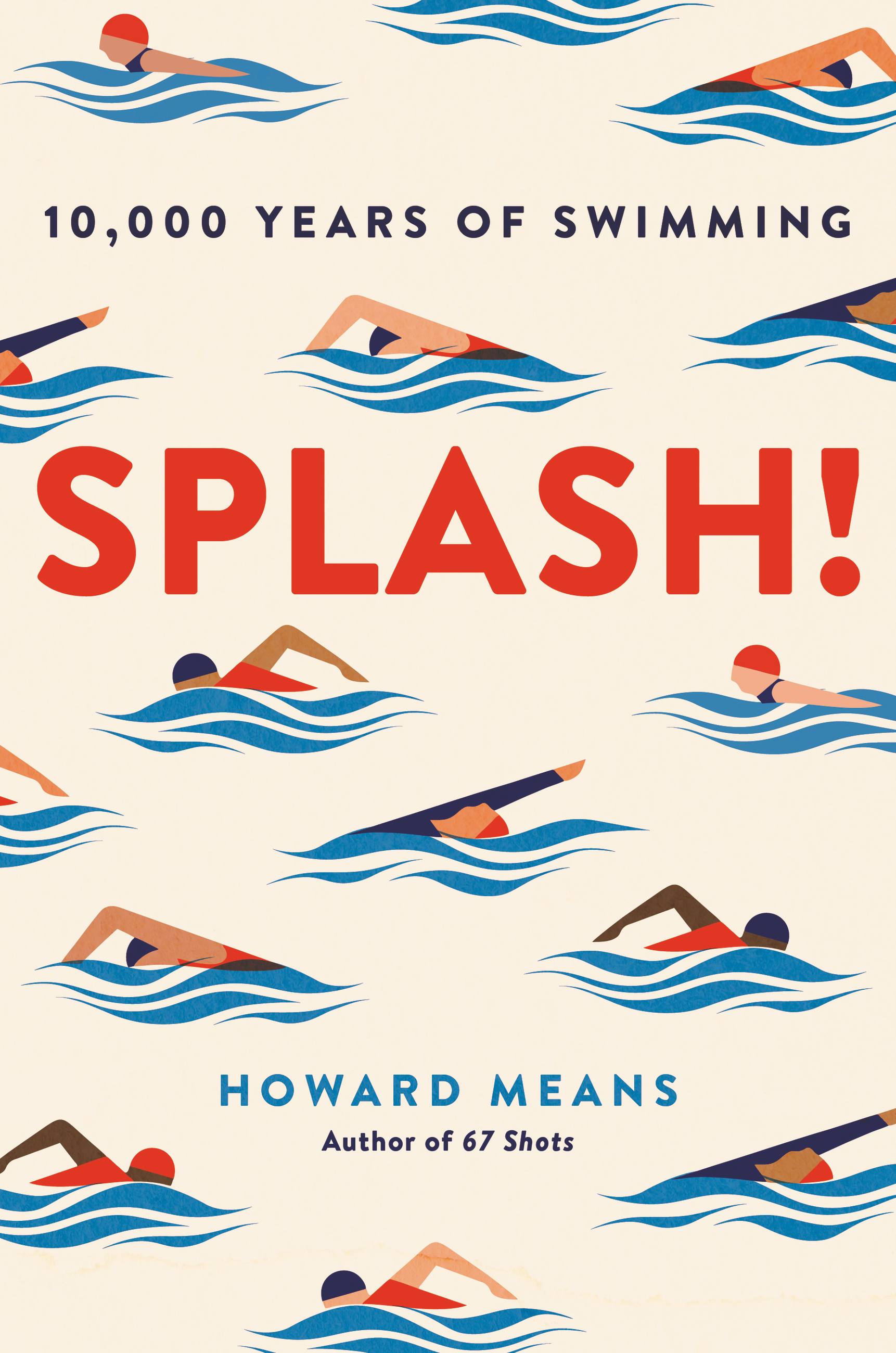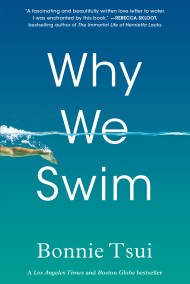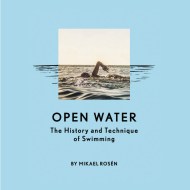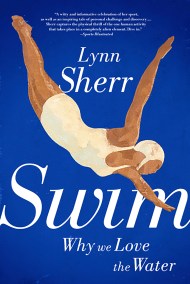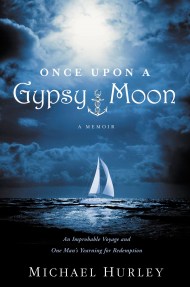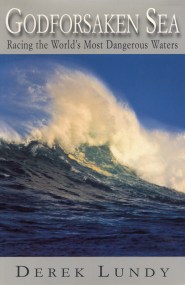Splash!
10,000 Years of Swimming
Contributors
By Howard Means
Formats and Prices
Price
$15.99Price
$20.99 CADFormat
Format:
- ebook $15.99 $20.99 CAD
- Hardcover $28.00 $35.00 CAD
- Audiobook Download (Unabridged)
This item is a preorder. Your payment method will be charged immediately, and the product is expected to ship on or around June 2, 2020. This date is subject to change due to shipping delays beyond our control.
Also available from:
From man’s first recorded dip into what’s now the driest spot on earth to the splashing, sparkling pool party in your backyard, humans have been getting wet for 10,000 years. And for most of modern history, swimming has caused a ripple that touches us all–the heroes and the ordinary folk; the real and the mythic.
Splash! dives into Egypt, winds through ancient Greece and Rome, flows mostly underground through the Dark and Middle Ages (at least in Europe), and then reemerges in the wake of the Renaissance before taking its final lap at today’s Olympic games. Along the way, it kicks away the idea that swimming is just about moving through water, about speed or great feats of aquatic endurance, and shows you how much more it can be. Its history offers a multi-tiered tour through religion, fashion, architecture, sanitation and public health, colonialism, segregation and integration, sexism, sexiness, guts, glory, and much, much more.
Unique and compelling, Splash! sweeps across the whole of humankind’s swimming history–and just like jumping into a pool on a hot summer’s day, it has fun along the way.
-
"What could be more audacious an act than the attempt to tell the entire 10,000-year story of swimming in a single volume? But that is exactly what Howard Means's Splash! aims to do. Splash! is an exuberant and sweeping cultural history of the sport and a thoughtful meditation on its possible origins and humankind's larger relationship to water itself. From the first evidence of swimming in Middle Eastern desert cave art to "aquatic heroism" in ancient Roman warfare, to a visit with the uber-stars and superhuman speeds of the 21st century--Means takes us on a breezy, easily readable journey across time and space to help us even to begin to understand why we took to the water in the first place and why we still insist on splashing about in it today. A great gift for the swimmer in you or in your life."Julie Checkoway, New York Times bestselling authorof The Three-Year Swim Club
-
"Howard Means' Splash! has raised the bar for the 'swimoir'! He takes masterful strokes through 10,000 years of the cultural and social history of swimming and makes the strongest case yet written on why everyone should swim."Bruce Wigo, former CEO & President, International Swimming Hall of Fame
-
"Splash! is an incredible book--the most amazing stories of anything and everything you wanted to know about the world and culture of swimming and its history. I loved every page!"Rowdy Gaines, three-time Olympic Gold Medalist and Olympic television swimming analyst
-
"With wit and rich detail,... Means's delightful history of humans in water simultaneously educates and entertains."Publishers Weekly
-
"A nimble social history of humans at play in water... Devoted swimmers will want to splash about in this entertaining narrative."Kirkus Reviews
-
"A thoughtful,... comprehensive, well-researched homage to swimming as a component of survival, leisure activity, and competitive sport"Booklist
-
"Splash is a tour de force across the history of swimming... One of the better explanations of swimming I've ever read.... A joy to read. It should be on every swimmer's reading list and in every swim bag alongside cap, goggles, fins, and paddles."SwimSwam Magazine
- On Sale
- Jun 2, 2020
- Page Count
- 336 pages
- Publisher
- Hachette Books
- ISBN-13
- 9780306845642
Newsletter Signup
By clicking ‘Sign Up,’ I acknowledge that I have read and agree to Hachette Book Group’s Privacy Policy and Terms of Use
